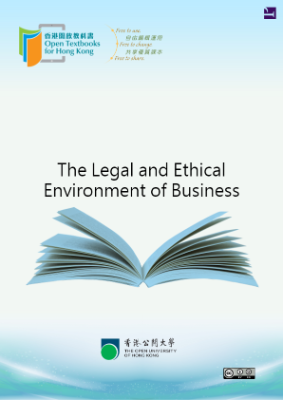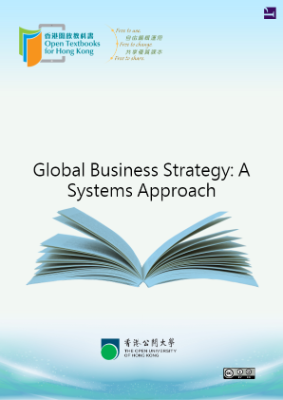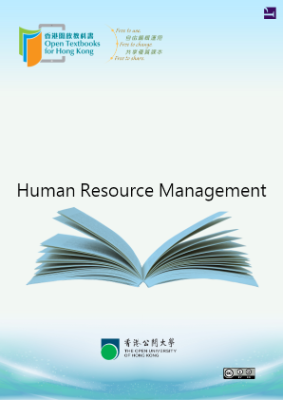Introduction to Law
LEARNING OBJECTIVES
After reading this chapter, you should be able to understand the nature and sources of law, and the concept of the rule of law and how it affects business and economic prosperity. At the conclusion of this chapter, you should be able to answer the following questions:
- What is the law?
- Where does our law come from?
- What is a rule of law?
- How is the law relevant to business?
- How does the study of the legal environment of business create a foundation for future business courses?
You might be wondering what the law has to do with you. You try to follow the rules. You don’t get into any trouble. You want to engage in honest dealings in business. Besides, you can always hire an attorney if you need legal help. This may all be true. However, it is imperative for those in the business world to understand the legal environment in which they are operating. While you may have the best intentions and be truly diligent in your efforts to do business fairly, inevitably conflicts will arise in everyday business dealings. For example, what does it mean to do business “fairly”? Fair to whom? Fair to your shareholders? Fair to your employees? Fair to the consumers who will purchase your products? Through which ethical lens will you contemplate these issues? Trade-offs are a part of business. If you want to increase shareholder profits, you may need to reduce labor costs. One way to reduce labor costs is to use cheaper labor. If you pay your employees less, your employees will be less well off, but your shareholders may be happier.
Consider the credit crisis that came to the world’s attention in October 2008 and nearly toppled the U.S. economy into depression. Hundreds of thousands of homes were foreclosed by banks, leading to a vicious cycle of depressed housing prices, shattered consumer confidence, and business retrenchment. You may be thinking that this has little to do with you or with the study of the legal environment of business. Think again. The credit crisis affected everyone. And the nature of the crisis implicated several legal environment issues.
In a nutshell, the U.S. financial system nearly collapsed under the weight of high default rates among mortgagees, the issuance of excessive subprime mortgages to unqualified debtors, collateralized debt obligations (CDOs) that were not being serviced and could not be sold, and a mortgage banking system with flawed incentive structures from the bottom to the top. The mortgage industry created incentives for those who worked in that industry to act in their own self-interest to make a profit, even at the expense of the long-term health of the institutions for which they were working.
Considering this flawed incentive system, the results were not surprising to many economists, who know that people tend to act in their own self-interest, even at the expense of their institutions’ goals. Mortgage brokers had very strong incentives to approve every mortgage applicant, regardless of creditworthiness or ability to service the mortgage. This was because the lenders were pressuring them for more mortgages, so that the lenders themselves could sell those mortgages for a profit. And this pressure for “more” was endemic at every level of the mortgage industry, from the would-be homeowner who wanted more house than he or she could afford to the investment bankers who wanted more CDOs on which they could profit.
However, excessive risk was undertaken, and when mortgagees began defaulting on their mortgages, the market became flooded with houses that had been foreclosed. As supply of houses increased and demand for them fell, housing prices plummeted, which meant that not only were the investors not receiving income on their investments, but also homeowners were losing the value of their investments, since their house prices were plummeting. The end result was that many homeowners were “upside down” on their obligations, meaning that they owed more on their houses than what the houses were worth. This created an incentive for mortgagees to abandon their debt obligations. When the investors did not receive income on their investments, they also were not receiving the cash flow to cover their debts, and they could not service their obligations under their CDOs. Parties at every level began clamoring for protection from their creditors from the U.S. bankruptcy courts by filing petitions for bankruptcy.











